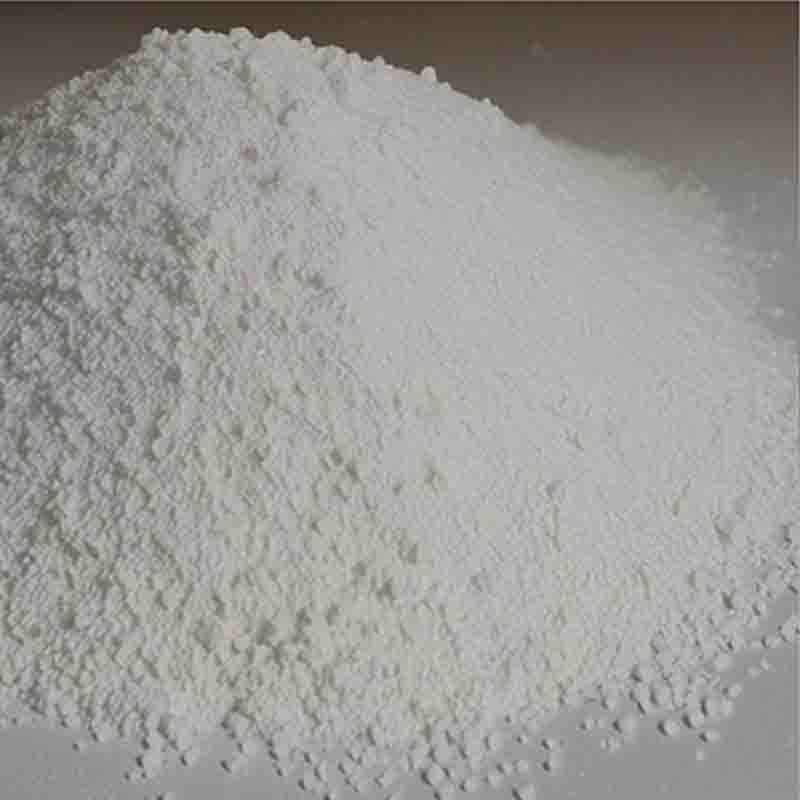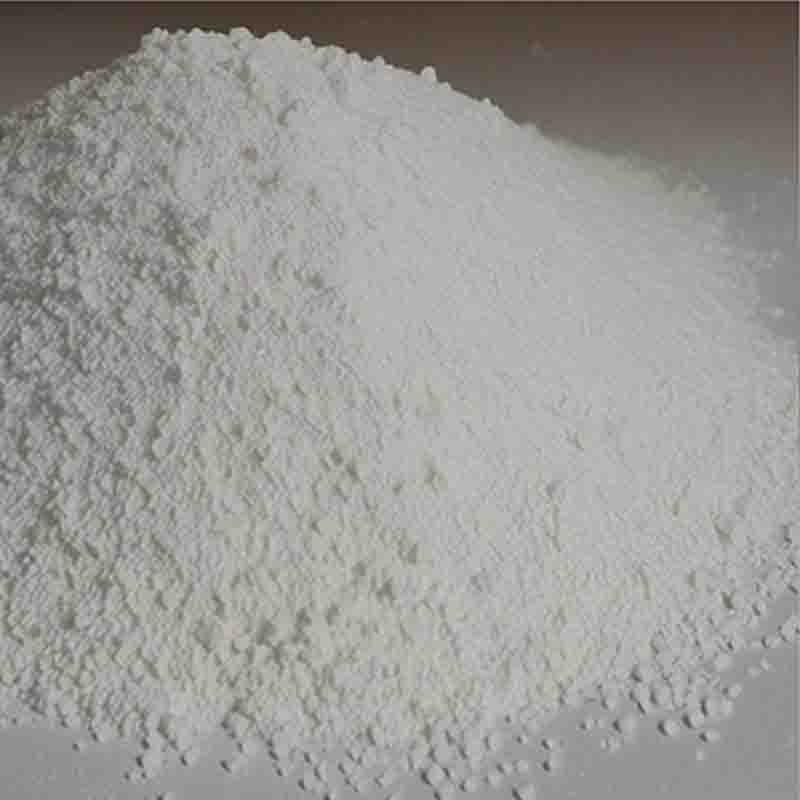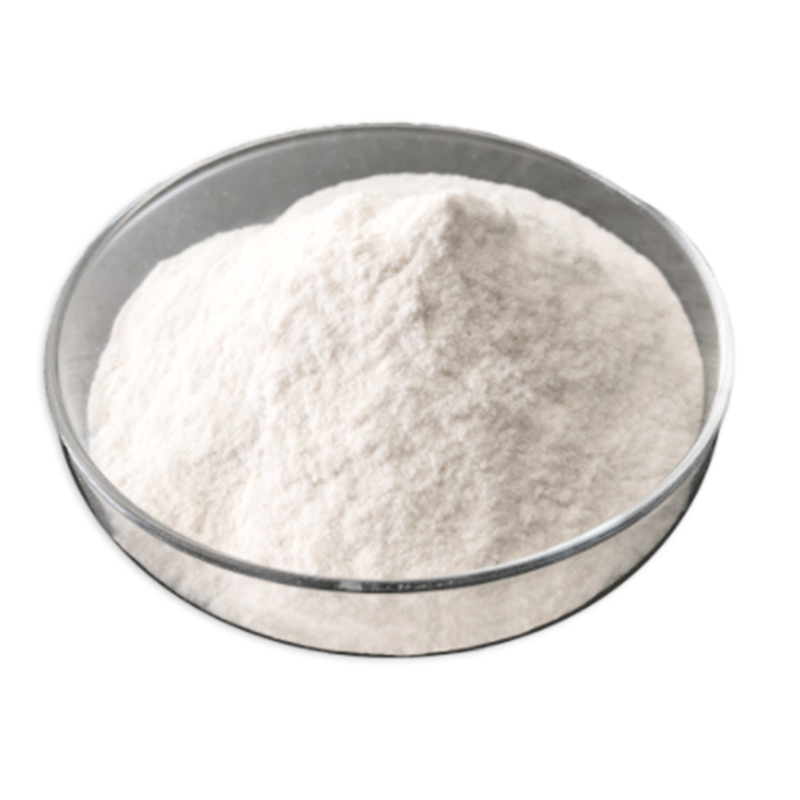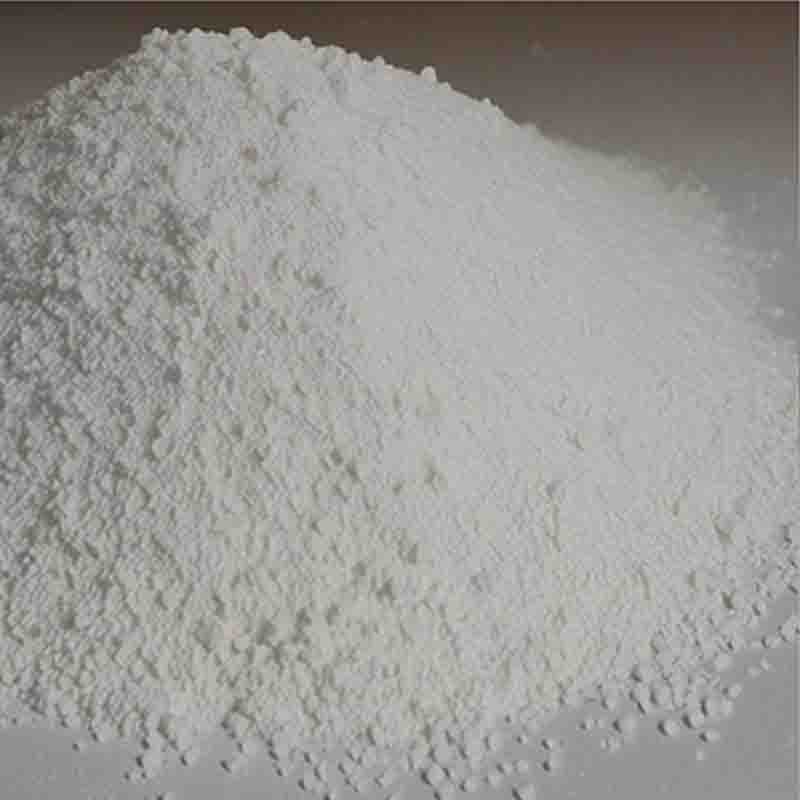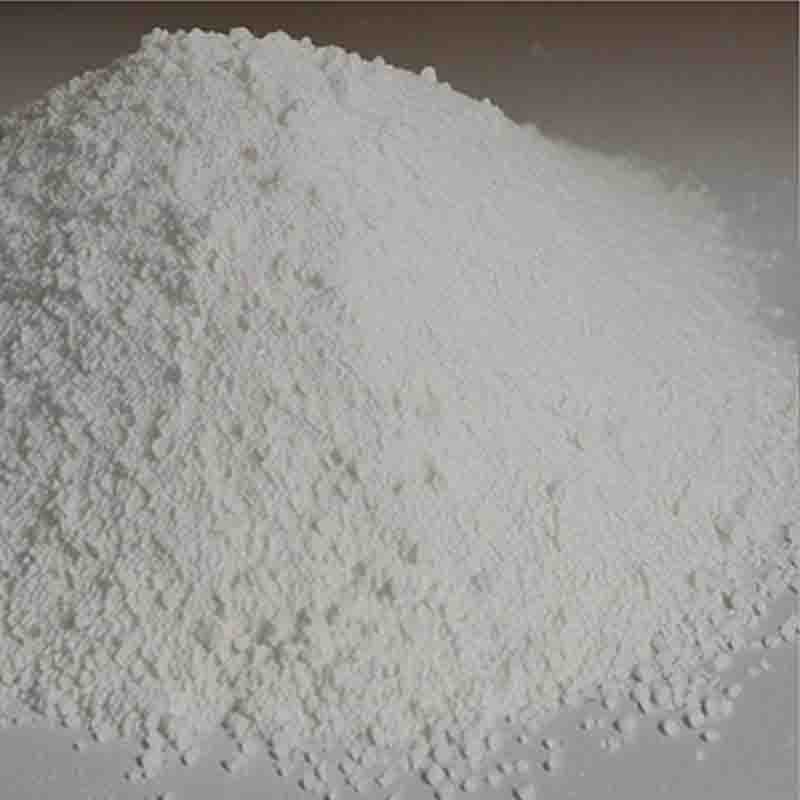3-Carboxyphenylboronic acid CAS: 25487-66-5
| Catalog Number | XD93432 |
| Product Name | 3-Carboxyphenylboronic acid |
| CAS | 25487-66-5 |
| Molecular Formula | C7H7BO4 |
| Molecular Weight | 165.94 |
| Storage Details | Ambient |
Product Specification
| Appearance | White powder |
| Assay | 99% min |
3-Carboxyphenylboronic acid is an organic compound that belongs to the class of boronic acids. It consists of a phenyl group attached to a boron atom, which is further substituted by a carboxylic acid group (-COOH) at the para position. This compound has gained significant attention in various fields due to its unique chemical properties and diverse range of applications.One area where 3-Carboxyphenylboronic acid finds application is in the field of organic synthesis. As a boronic acid, it can readily undergo the Suzuki-Miyaura coupling reaction. This reaction involves the cross-coupling of an organic boronic acid with an organic halide in the presence of a palladium catalyst. The resulting product is a biaryl compound, which is a valuable building block for the synthesis of various pharmaceuticals, agrochemicals, and fine chemicals. This coupling reaction is widely used in the synthesis of complex organic molecules and is known for its mild reaction conditions and high efficiency.Furthermore, 3-Carboxyphenylboronic acid has been extensively studied for its applications in the field of materials science. Boronic acids possess unique properties such as their ability to form reversible covalent bonds with certain functional groups, particularly diols and catechols. This property allows for the introduction of functional groups onto surfaces or polymers, enabling the development of materials with tailored properties. 3-Carboxyphenylboronic acid and its derivatives have been incorporated into polymer networks, hydrogels, and coatings to achieve stimuli-responsive materials, bioconjugation, and drug delivery systems.Another significant application of 3-Carboxyphenylboronic acid is in the field of sensor technology. Being a boronic acid, it has a high affinity for carbohydrates and sugars. This property has been utilized in the development of glucose sensors for diabetes management. By immobilizing 3-Carboxyphenylboronic acid onto a transducer surface, changes in the boronic acid's binding with glucose can be detected, leading to measurable signals. This approach provides a selective, sensitive, and label-free methodology for glucose sensing.In summary, 3-Carboxyphenylboronic acid is a versatile compound with diverse applications in organic synthesis, materials science, and sensor technology. Its ability to undergo the Suzuki-Miyaura coupling reaction, its use in the development of stimuli-responsive materials, and its application in glucose sensing highlight its importance in various fields. As scientists continue to explore its properties and develop new derivatives, the potential applications of 3-Carboxyphenylboronic acid are expected to expand further.




